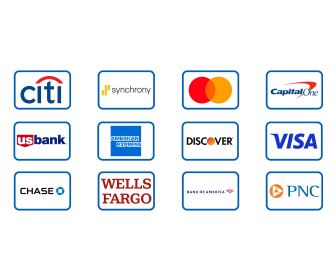Cash Back vs. Travel Rewards: Which Credit Card Category Wins?
When you’re deciding on your next credit card, one question always comes up: should you chase cash-back or travel rewards? Both promise value, but the best choice depends entirely on your lifestyle, spending habits, and goals. Here’s a clear, side-by-side look at how each category performs — and how to decide which one wins for you in 2025.
The Core Difference
Cash-back cards give you a percentage of every purchase back as real money — usually statement credit or direct deposit. Simple, flexible, and predictable.
Travel rewards cards earn points or miles that can be redeemed for flights, hotels, or experiences — often with transfer partners for boosted value. They tend to have bigger bonuses and perks but also more complexity.
Head-to-Head Comparison
| Feature | Cash-Back Cards | Travel Rewards Cards |
|---|---|---|
| Simplicity | Very easy — fixed percentage on every purchase. | Requires understanding points, transfer partners, and redemption values. |
| Typical Return Value | 1–2% on average, instantly redeemable. | 1.25–2 cents per point possible with travel transfer — higher if optimized. |
| Best For | Everyday spenders, people who want hassle-free rewards. | Frequent travelers, point strategists, adventure seekers. |
| Annual Fees | Often $0 to $95. | $95–$550+, but perks may offset cost. |
| Bonus Offers | Typically $150–$250 after initial spend. | 40,000–75,000 points worth $400–$1,000 in travel. |
| Flexibility | High — cash can be used anywhere. | Lower — rewards value tied to travel redemption. |
When Cash Back Wins
- Your travel is minimal: If you rarely fly or book hotels, cash will always provide more usable value.
- You value simplicity: No portals, no conversions, no blackout dates — you get money back, period.
- You spend mostly on essentials: Gas, groceries, and utilities earn consistent rewards with flat-rate cards.
- You want guaranteed returns: $100 cash-back = $100 value — no changing redemption rates.
When Travel Rewards Take the Crown
- You travel at least twice a year: Airfare and hotel redemptions often double your reward value.
- You can use transfer partners: Moving points to programs like United, Hyatt, or Emirates multiplies their worth.
- You want perks: Lounge access, free checked bags, travel insurance, and upgrade credits can outweigh fees.
- You enjoy maximizing value: Travel hackers routinely earn 3–5x the redemption rate of casual users.
Hybrid Strategy: The Real Winner
For most people, the smartest move is a combination of both: use a cash-back card for everyday spending and a travel card for planned trips or large purchases that meet bonus thresholds. This way you earn flexible cash and still build up points for vacations — no wasted value either way.
Example combo: Pair a Citi® Double Cash or Wells Fargo Active Cash® (2% flat cash-back) with a Chase Sapphire Preferred® or Capital One Venture® for travel rewards. Use the cash card for daily expenses and the travel card for bonuses or trips.
Final Verdict
If you want straightforward rewards, cash-back cards win for simplicity and certainty. If you love to travel and don’t mind a bit of strategy, travel cards win for long-term value. The ultimate champion depends on how you actually spend — not on the marketing hype.
Not financial advice. Credit card offers and values change frequently. Always confirm the latest rates, fees, and bonus terms on the issuer’s official site before applying.
Continue reading: The Hidden Credit Card Fees You’re Probably Paying · Best Credit Cards for Students in 2025



